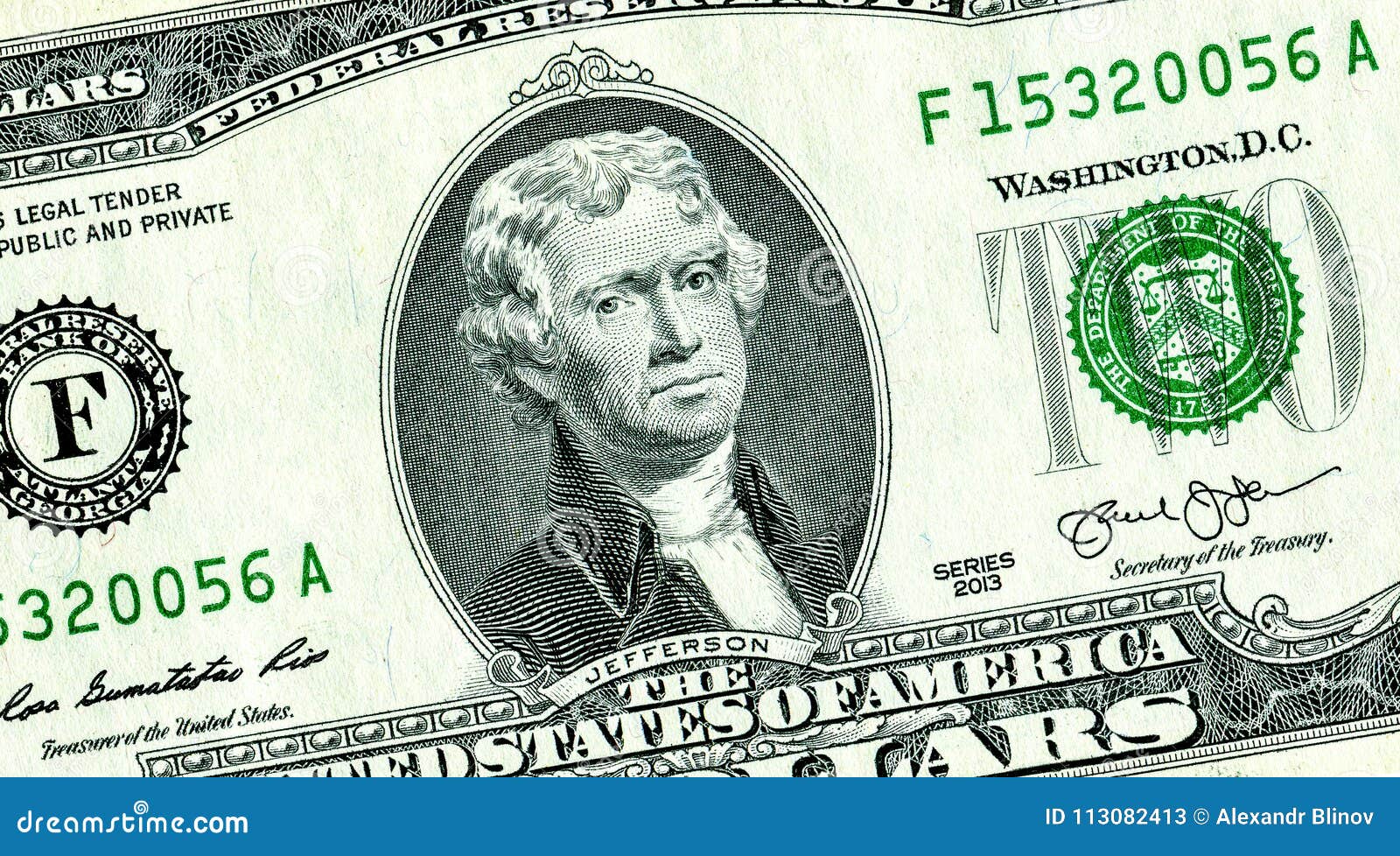Ever wondered about the face staring back at you from that elusive $2 bill? It's none other than Thomas Jefferson, and his connection to this particular denomination runs deeper than just a portrait. For over a century, the $2 bill and Thomas Jefferson have been intertwined, a testament to his enduring legacy in American history and, perhaps surprisingly, its monetary system.
The association began in 1869 when the $2 bill first featured an engraving of Jefferson. This wasn't a fleeting artistic choice; it cemented his place in the visual landscape of American currency. However, the design underwent a change in 1886, reflecting the evolving aesthetic preferences and security measures of the time. Despite these modifications, Jefferson's presence on the $2 bill persisted, a silent acknowledgment of his contributions to the nation's foundation. But what exactly were those contributions, and how did a man of his stature become so closely linked to a specific piece of paper money?
| Category | Information |
|---|---|
| Full Name | Thomas Jefferson |
| Date of Birth | April 13, 1743 (O.S.) |
| Date of Death | July 4, 1826 |
| Place of Birth | Shadwell, Goochland County, Virginia |
| Place of Death | Monticello, Albemarle County, Virginia |
| Political Party | Democratic-Republican |
| Education | College of William & Mary |
| Profession | Lawyer, Architect, Philosopher, Statesman |
| Key Roles | 3rd President of the United States (1801-1809), 2nd Vice President of the United States (1797-1801), 1st United States Secretary of State (1790-1793), Governor of Virginia (1779-1781), Minister to France (1785-1789) |
| Significant Achievement | Principal author of the Declaration of Independence |
| Monetary System Contributions | Developed the United States' monetary system |
| Website | Monticello.org |
- Deana Carter News Tour Dates New Song Rich Net Worth 2024
- Kennedys Fox News Net Worth Secrets Revealed Updated
:quality(70)/arc-anglerfish-arc2-prod-cmg.s3.amazonaws.com/public/AIBZHJZY3TQDTZA3EHMXV33NPQ.jpg)

